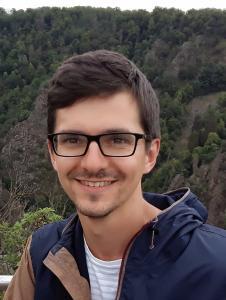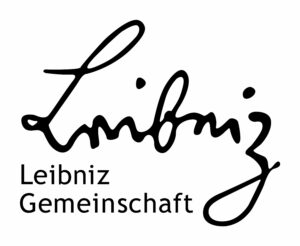
Nikolas Heil
I completed my Master’s degree in Pre- and Protohistory and Archaeology of Economics and Raw Materials at the Ruhr-Universität Bochum in 2020. In my Master’s thesis “The Beginning of the Metallurgical Tradition at Chalcolithic Arslantepe: The Metal Finds and Metallurgical Remains in Period VII” I dealt with the chemical and isotopic characterisation and an interdisciplinary analysis of the metal and slag finds from Arslantepe VII (3900-3400; LC 3-4). During my studies I was employed in various positions as a student assistant and I was able to study at Hacettepe University, Ankara for one semester through the ERASMUS programme.
Since February 2023 I am a project assistant in the new research project on metallurgy at Arslantepe at the German Mining Museum Bochum, funded by the Gerda Henkel Foundation. Within this project, I will carry out my dissertation project.
Research interests
The focus of my work is on the archaeology of Anatolia or Western Asia with the Chalcolithic and Bronze Age periods. In general, I like to understand social and technical processes, especially in the context of metallurgy and raw material appropriation. Therefore, I am interested in interdisciplinary approaches such as combining archaeometric and archaeological analyses.

